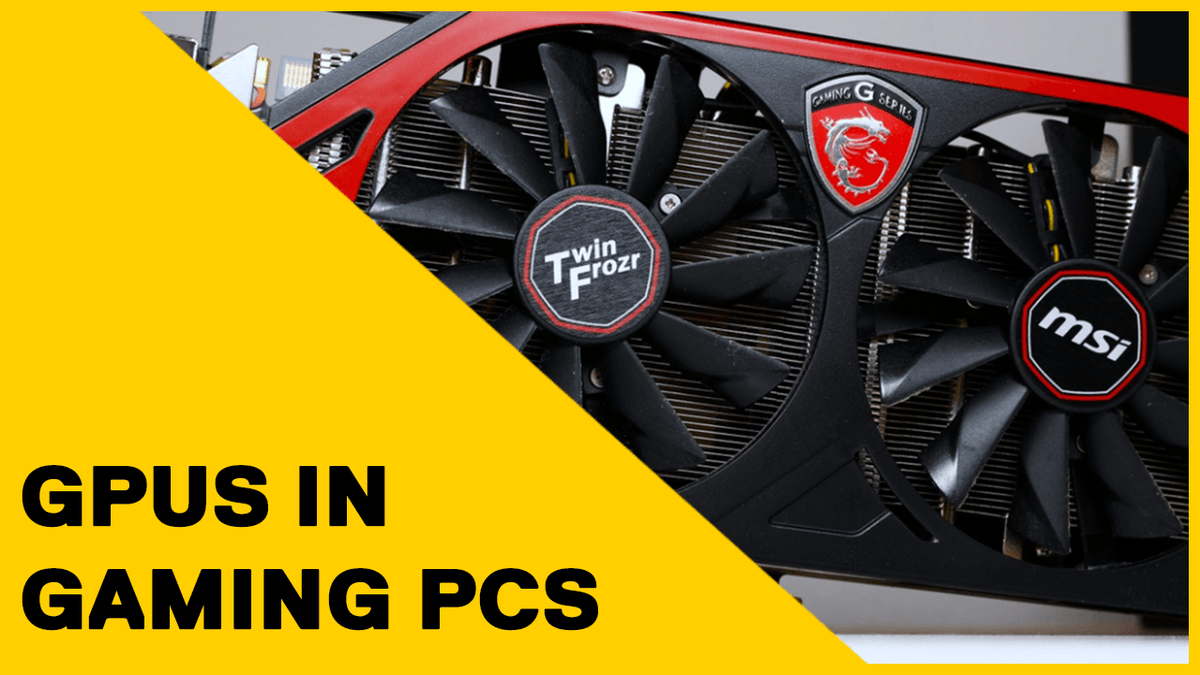News Blast
Stay updated with the latest happenings around the world.
GPU Glory: How to Choose Between Pixels and Performance
Unlock the secret to gaming bliss! Discover how to choose between pixel perfection and performance power in GPU Glory. Don't miss out!
Understanding GPU Specs: Key Metrics for Choosing Between Pixels and Performance
When selecting a GPU, it's essential to understand the key metrics that affect both pixels and performance. Two crucial specifications to consider are VRAM and CUDA cores. VRAM, or video random access memory, determines how much graphical data your GPU can handle at a given time, making it vital for high-resolution gaming and graphic design tasks. Meanwhile, CUDA cores are responsible for processing tasks simultaneously, with a higher number giving you better processing power for rendering images and executing parallel operations. By weighing these specs, you can make informed choices between prioritizing pixel quality versus overall performance.
Another important factor in understanding GPU specs is the clock speed, typically measured in megahertz (MHz). This metric indicates how fast the GPU can process instructions, impacting the frame rates in games and the speed of computations in professional applications. Additionally, it's prudent to consider the thermal design power (TDP), which informs you about the energy consumption and cooling requirements of the GPU. A higher TDP might necessitate better cooling solutions, which can affect the overall build of your system. Keeping these metrics in mind ensures that you can find the right balance between pixels and performance for your individual needs.

The Great GPU Debate: How to Balance Graphics Quality and Frame Rates
The Great GPU Debate revolves around finding the perfect balance between graphics quality and frame rates in gaming. Gamers often face the dilemma of whether to prioritize stunning visual fidelity or to achieve smooth, high frame rates. High-quality graphics can bring breathtaking environments and lifelike characters to life, enhancing the overall gaming experience. However, sacrificing frame rates can lead to input lag and a choppy experience, which can frustrate even the most patient players. Therefore, it’s crucial to understand the capabilities of your GPU and how it interacts with the settings of each game.
One effective strategy to navigate the Great GPU Debate is to adjust in-game settings to find a sweet spot that satisfies both aesthetics and performance. Start by lowering settings like shadows and anti-aliasing, which often consume a significant amount of processing power. Frame rates can also be improved by enabling features such as dynamic resolution scaling or adjusting the field of view. Additionally, keeping your GPU drivers updated can lead to performance optimizations that enhance both graphics quality and frame rates. By experimenting with these adjustments, gamers can achieve an optimal balance tailored to their personal preferences and hardware limitations.
Top 5 Questions to Ask When Selecting the Perfect GPU for Your Needs
Choosing the right Graphics Processing Unit (GPU) is crucial for optimizing your computing experience, whether for gaming, video editing, or graphic design. Start by asking yourself: What is my primary use case? The answer can significantly influence your decision. For gamers, a GPU with high frames per second (FPS) in the latest titles is essential, while professionals may prioritize capabilities like rendering speed and VR support. Understanding the primary purpose of your GPU will help you narrow down your options and focus on models that excel in your specific needs.
Another key question to consider is: What is my budget? GPUs can vary widely in price, from budget-friendly options to high-end powerhouses. Establishing a clear budget will allow you to filter candidates and ensure you’re investing wisely without overspending. Furthermore, don’t overlook the potential of future-proofing your purchase; investing a bit more now can save you from needing an upgrade sooner than expected. Ultimately, balancing your budget with performance expectations will lead to the perfect GPU selection for you.